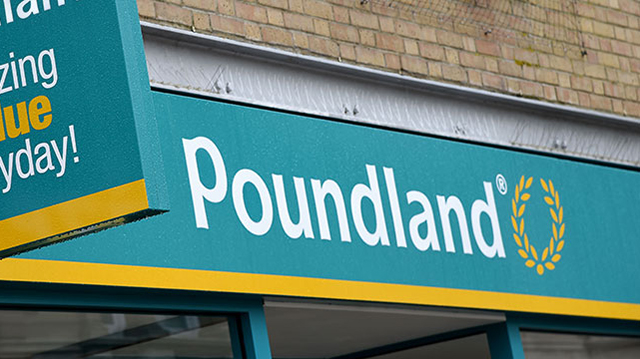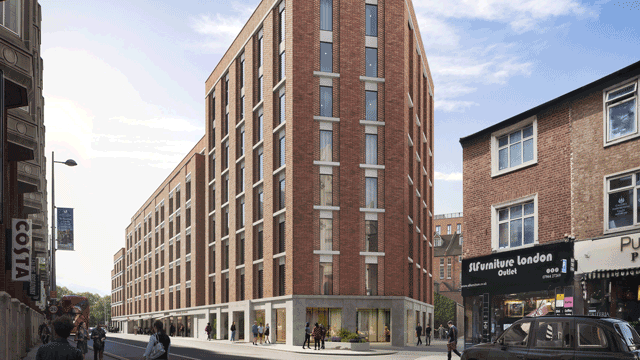The housing market is showing no sign of slowing down with prices rising by 2.1% during September, Nationwide said today.
The building society said there was “no compelling evidence” the boom was over, and increased its forecast for annual house price inflation for 2002 to 23% from its previous prediction of 18%.
September’s jump, which is slightly lower than July and August’s increase of 2.5% and June’s surge of 3.3%, lifts the average price of a house to £112,919, although house price growth for the past 12 months eased slightly to 22.2% compared with 22.7% in August.
Alex Bannister, Nationwide’s group economist, said: “Although price growth eased marginally in September the average UK property still increased in value by just over 2%.
“There remains no compelling evidence of the market slowing significantly.
“Prices rose by 7% in July to September representing the second highest, after April to July’s 7.5%, quarterly increase since 1989.”
Today’s figures come after statistics from the Bank of England and the British Bankers’ Association suggested the market was showing signs of slowing down, with both groups recording a fall in total mortgage lending and new mortgage approvals during August.
However Nationwide said that although the current pace of growth was unsustainable over the medium term, the market was not teetering on the brink of a sharp slowdown as people could cope with the increased level of debt as the low inflation and low interest rate environment persisted.
It added that there were currently around 300,000 fewer first-time buyers than at the end of the 1980s boom, and less than 8% of these were borrowing without a deposit compared with more than 30% in 1989.
Nationwide said during the eighties it was first-time buyers who struggled most with higher interest rates and negative equity, but since they were now fewer and less over-stretched it was likely the market was in a more sustainable state than in the run-up to the nineties crash.
But the society added that affordability was becoming stretched in some parts of the country, such as London.
In central and western areas of London, such as Hammersmith and Fulham and Richmond, price growth has been slow during the past year, while in more affordable boroughs such as Newham, prices have shot up.
It said this could be the beginning of a natural slowdown in the capital, which will gradually spread out to the rest of the country.
During the three months to the end of September the East Midlands saw the biggest growth in prices with annual house price inflation reaching 28%, followed by the South West at 27.3%.
At the other end of the scale prices grew by just 8.5% year-on-year in Northern Ireland, while in Scotland they rose by 14.5%.
London also reported relatively slow growth with prices rising by 19.4% compared to the same period the previous year, while in the outer metropolitan they were up 18.8%, although growth remained strong in the Outer South East at 23.8%.
Paula John, editor of Your Mortgage magazine, said: “Today’s house price figures are further good news for existing homeowners – at least those who are not planning on moving, or are due to sell up and downsize.
“First-time buyers, of course, now face a tougher time than ever getting on to the housing ladder. But also, any homeowner needing to move to a bigger property will have to look at the cheaper areas.”
Simon Rubinsohn, chief economist at Gerrard, said he expected the housing market to slowdown during the next 12 months but not crash.
He said: “We still do expect to see some moderation in the rate of increase of house prices over the course of the next twelve months, this will be helped by tough comparisons with this year.
“By the second half of 2003 house price inflation could be back into single digits. Anything more dramatic than that would require a much sharper jump in unemployment than we currently envisage.”
EGi News 01/10/02










